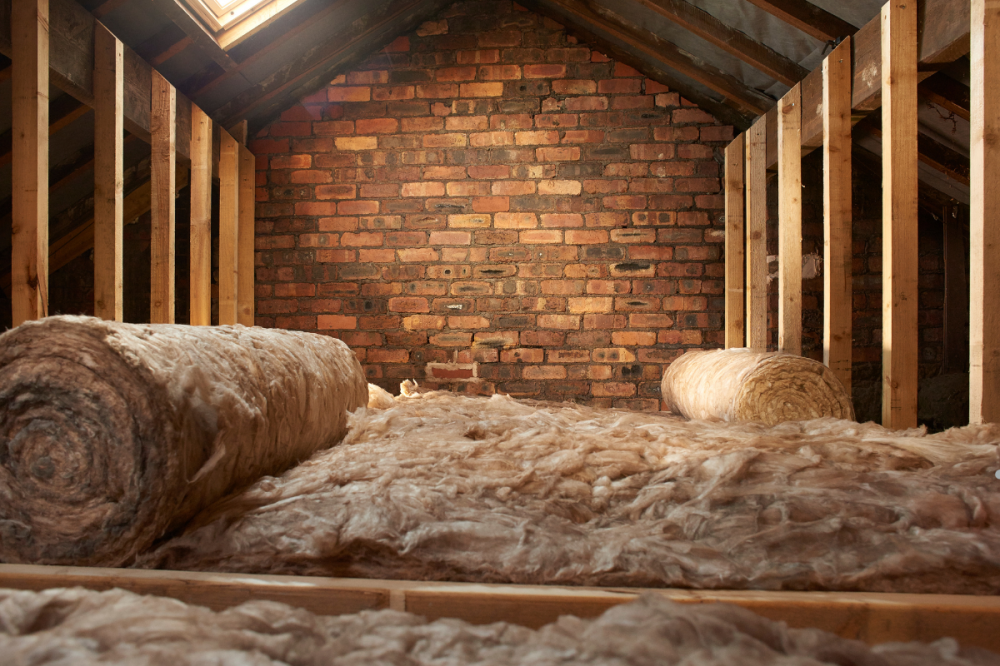|
How to Insulate a Mobile Home for Year-Round Comfort | |||||
|
Mobile homes, while affordable and efficient, often face challenges when it comes to maintaining comfort throughout the year. Due to thinner walls and roofs compared to traditional homes, they can lose heat in the winter and trap heat in the summer. Proper insulation is essential for achieving year-round comfort, reducing energy costs, and improving the overall quality of life in your mobile home.
In this guide, we will explore the most effective ways to insulate your mobile home and enjoy consistent indoor temperatures regardless of the weather. 1. The Importance of Insulating Your Mobile HomeMobile homes are particularly vulnerable to temperature fluctuations due to their construction. Without proper insulation, heat escapes in the winter, and excessive heat builds up in the summer. This not only makes the living space uncomfortable but also drives up energy costs. Insulating your mobile home is crucial for several reasons:
2. Areas to Focus on When Insulating a Mobile HomeTo effectively insulate your mobile home, you need to address several key areas where heat loss or gain is most common. These include the underbelly, walls, roof, windows, and doors. 1. Underbelly InsulationThe underbelly of a mobile home is one of the most important areas to insulate. Without insulation, cold air from the ground can infiltrate your home, making it difficult to stay warm in winter.
2. Wall InsulationMany older mobile homes have thin walls with inadequate insulation. Adding insulation to the walls can drastically improve comfort by reducing heat transfer.
3. Roof or Ceiling InsulationHeat naturally rises, which makes the roof or ceiling one of the biggest areas for heat loss in a mobile home. Proper roof insulation helps keep heat inside during winter and reflects heat during summer.
4. Window and Door InsulationWindows and doors are common areas where drafts can enter, making it harder to maintain a consistent indoor temperature.
3. Additional Insulation Tips for Mobile HomesBeyond the primary areas, there are a few other strategies to improve your mobile home’s insulation and overall energy efficiency. 1. Skirting InsulationMobile home skirting not only improves the aesthetic of your home but also protects the underbelly from drafts. Insulating the skirting can further reduce heat loss.
2. Air SealingAir leaks are a major source of energy loss. Sealing any gaps or cracks around your home will improve insulation and help maintain indoor temperatures.
3. Duct InsulationIf your mobile home uses a central heating or cooling system, insulating the ductwork can prevent heat loss and improve efficiency.
ConclusionInsulating your mobile home is an investment that pays off in both comfort and savings on your energy bills. By addressing key areas like the underbelly, walls, roof, windows, and doors, and implementing proper insulation techniques, you can transform your mobile home into a more energy-efficient and comfortable living space. Whether you handle the project yourself or hire a professional, taking steps to insulate your home will improve its longevity and help you enjoy year-round comfort. | ||||
|
 |
